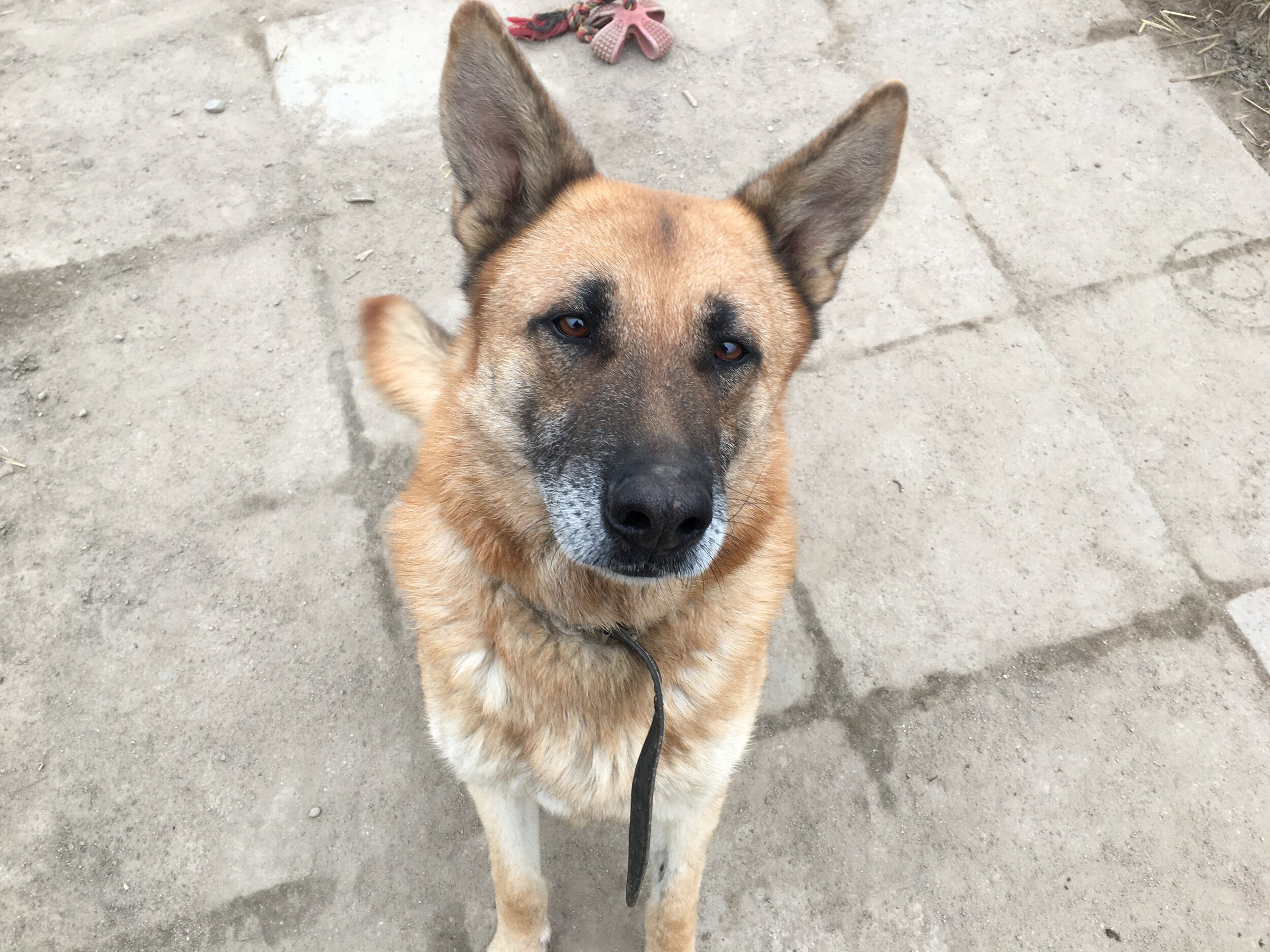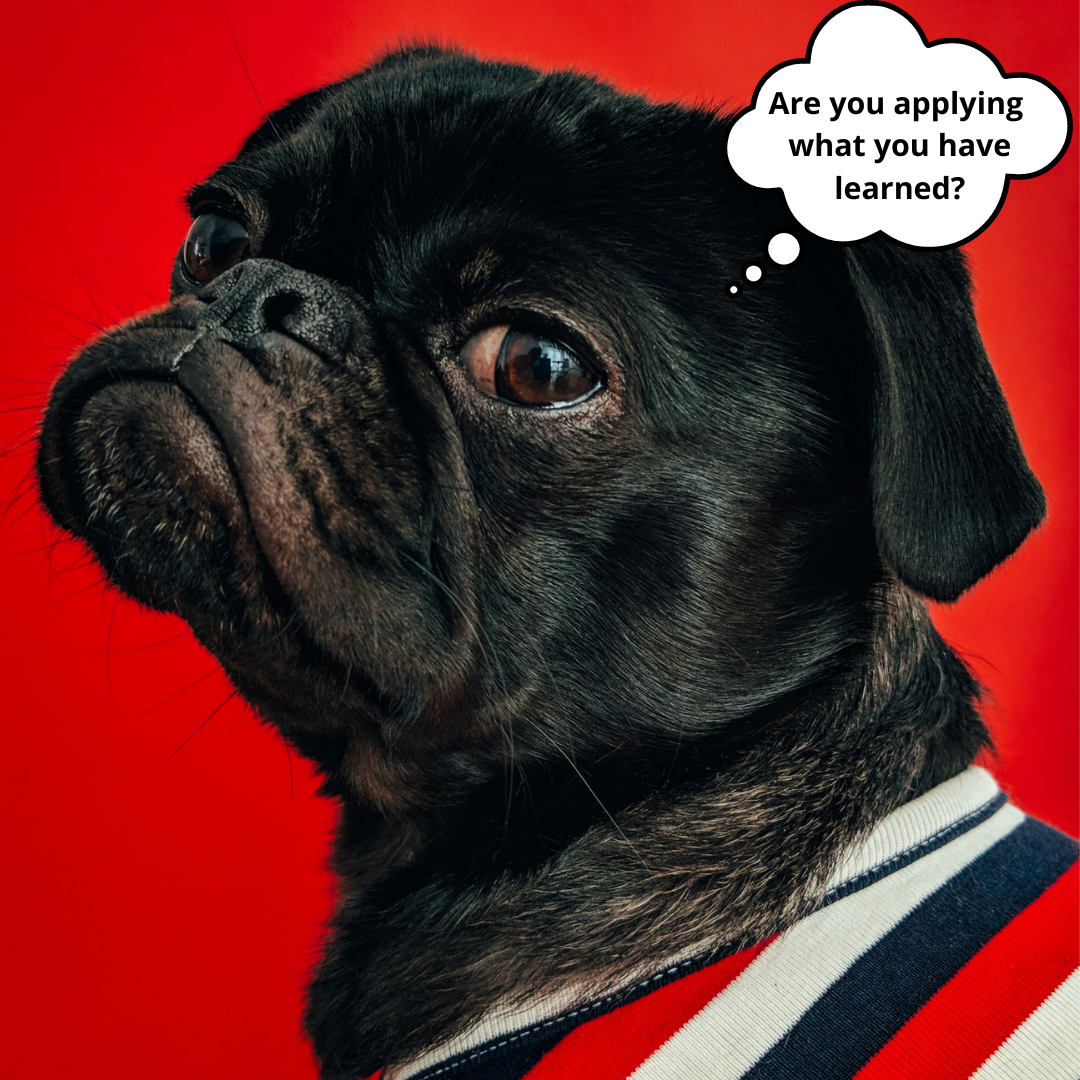Working with client with disability
Teaching clients how to train their dogs can be challenging at times. It's not just the dog who needs to learn, it's more importantly the owner. As I wrote in the blog How to use positive reinforcement with people, it's easy to expect too much too soon from people. To us, trainers, it feels so natural to do all of the things that we teach that we can forget what it was like to be new at this.
Recently I needed to re-evaluate the way I normally teach to adapt to my clients' needs. My client is legally blind and he adopted a pet dog. It was not his intent to train the dog into a service dog but he wanted to work with the dog and teach her things. I rely heavily on demoing the exercises and showing how to do them, this time I needed to use a lot more words and a lot more coaching. I also needed to make sure all dog’s behaviours can be detected by the owner and that the dog is ok with it.
I believe this opportunity made me a better trainer for all the future clients I will be working with. It's always important to work with the client we have, not the one that we imagine to have. I could have easily missed important features of the training if I didn't ask my client to give feedback and offer suggestions. One example of how it worked was when I was teaching the dog to lie down. I reinforced when I saw her going down, he needed to detect that in a different way. One way could be using sound and potentially have a bell or something that the dog will lie down on but the option that my client suggested was to keep one hand on her, so he can feel her going down. When we agreed on this method, I was then able to also train in this way and let the dog get used to having a hand on her while training. We found a solution that works and I helped the dog learn how it's going to look like.
Another example is coming when called. We taught her to touch our hand in a fist when coming back. It's not just coming and looking at us, she was coming and touching the fist to get reinforcer. It is a simple solution that can be easily taught to the dog and is helpful for the client. We don't have to look for anything fancy, it's about finding what works with the least amount of effort for everyone involved.
I’m a lifelong learner and I’m happy to face new situations and learn from them. It was not just the dog or just the owner who was learning, I was learning a lot too. This opportunity opened my eyes to different ways of teaching people but also to the difficulties people who are blind are facing. It’s one thing to hear about it, it’s another to witness the life of a person who experiences it. I’m very grateful for this opportunity, it made me a better trainer and more compassionate human being.
Photo by Jana Shnipelson on Unsplash













I'm feeling great and I prioritise health. I don't feel better than anyone else! I can enjoy feeling good about myself and hope for everyone else to enjoy themselves too. I believe that happiness is not something you achieve, it's something you DO. I'm choosing habits for happiness and I do them every day. I hope you can join me and start to seek happiness every day.